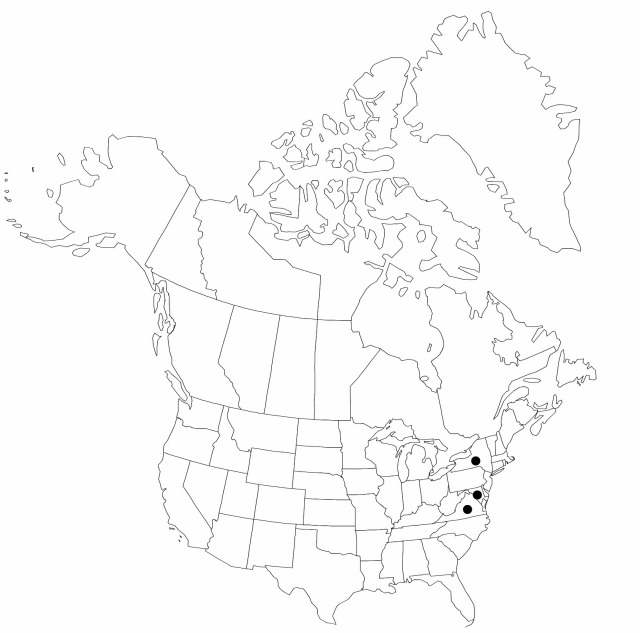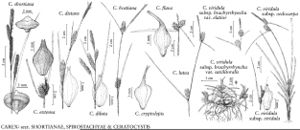Difference between revisions of "Carex extensa"
Trans. Linn. Soc. London 2: 175, plate 21, fig. 7. 1794.
FNA>Volume Importer |
FNA>Volume Importer |
||
| Line 33: | Line 33: | ||
-->{{#Taxon: | -->{{#Taxon: | ||
name=Carex extensa | name=Carex extensa | ||
| − | |||
|authority=Goodenough | |authority=Goodenough | ||
|rank=species | |rank=species | ||
| Line 49: | Line 48: | ||
|publication year=1794 | |publication year=1794 | ||
|special status= | |special status= | ||
| − | |source xml=https://jpend@bitbucket.org/aafc-mbb/fna-data-curation.git/src/ | + | |source xml=https://jpend@bitbucket.org/aafc-mbb/fna-data-curation.git/src/f50eec43f223ca0e34566be0b046453a0960e173/coarse_grained_fna_xml/V23/V23_975.xml |
|genus=Carex | |genus=Carex | ||
|section=Carex sect. Spirostachyae | |section=Carex sect. Spirostachyae | ||
Revision as of 20:13, 16 December 2019
Culms 15–75 cm. Leaves: basal sheaths reddish; blades of flowering stems channeled or involute, glaucous to grayish green, shorter than to equaling stems, widest blades 1–3.5(–4.3) mm wide. Inflorescences: peduncle of terminal spike 0.2–1 cm; proximal bract 2–10 times as long as inflorescence; pistillate spikes 2–5, spreading to ascending, ovoid to ellipsoid; distal 2–3 spikes clustered, sessile; terminal staminate spike 5–30 × 2–4 mm. Pistillate scales reddish brown with green midribs, apex acute or apiculate. Staminate scales reddish brown with green midribs, margins scarious, apex obtuse to acuminate. Anthers 1.2–3 mm. Perigynia grayish green, with reddish brown speckles, 2.7–3.9 × 1.2–1.9 mm; beak 0.5–1.1 mm. 2n = 60.
Phenology: Fruiting Jun–Jul.
Habitat: Borders of brackish marshes, meadows, and swamps
Elevation: 0–50 m
Distribution

Md., N.Y., Va., Eurasia, n Africa.
Discussion
Carex extensa, native to Eurasia, is locally established along the coast from Long Island, New York, to Norfolk County, Virginia. It was first collected on Coney Island, New York in 1860, and it persists in Maryland and Virginia. Additional localities should be sought along that stretch of coast.
Chromosomes counts are not available from North American material; European materials are consistently counted as 2n = 60 (E. W. Davies 1956; W. Dietrich 1972; M. Queiros 1980).
Selected References
None.
